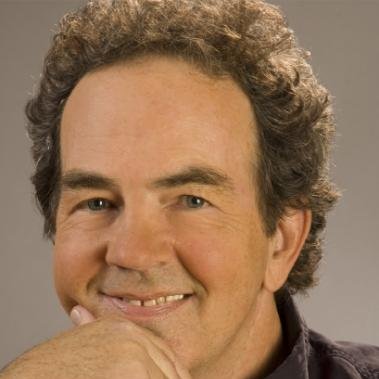
Frank Gilbane is President of Bluebill Advisors, a consulting and analyst firm covering information management technologies, and founder and organizer of the Gilbane conferences. He is hosting the Gilbane Conference at the Renaissance Boston Waterfront Hotel on December 2nd.
Question 1: How do you define ‘digital strategy’?
“’Digital strategy’ is used in many ways depending on context, but is useful primarily because it can help organizations focus on catching up or keeping up with the transformative and inexorable impact of digital technologies. The degree of disruption varies by industry and company, as does the use of the term.
However, digital strategy is not a separate function, but rather permeates functions all across modern organizations. For example, in marketing, the customer experience includes digital and analog experiences which should be consistent if not already integrated. The same is true for internal functions – HR, manufacturing, financial, legal, etc. Almost every part of a modern organization’s strategy will have digital components and those components don’t exist in a vacuum. Or as Bud Caddell of Undercurrent put it, ‘There is no digital strategy just strategy in a digital world’.”
Question 2: What are the three most significant digital trends that will define 2014?
- “Multichannel content management and delivery being driven to mainstream – this is not new but it is finally being forced by the proliferation of digital devices and the realization that it will be never-ending.
- Some clarity in the computing ecosystem – general use cases for tablets, PCs, phones. For example, it became clear this year that tablets in their current form are not going to replace most PCs, and that smartphones are on a path to quickly become the dominant general purpose personal computer. We also got a peek at a potentially significant new entry in the general purpose computer race with the Apple watch.
- A requirement of general purpose computers going forward will be to work in a world of internet devices – the internet of things. This is just beginning, but perhaps 2014 will be remembered as the year it seriously started. Investment is happening, frameworks are being designed, early deals are being made, but standards are needed and there is much to build. Health information technology is an example, though one with additional hurdles.”
Question 3: What kind of mobile device(s) do you have, and what are your three favorite apps?
“The devices that I currently use include an iPhone 5s, an iPad mini retina, a Kindle Paperwhite, and occasionally a Nexus 7. I mostly use the iPhone. The iPad mini gets used less than I had thought because it competes with my Macbook Air for work and with the Paperwhite for reading.
I use Evernote, Feedly, and Dropbox far more than any other apps.”
Question 4: What do you think of the emergence of the Chief Digital Officer role?
“Organizations should define the role in a way that makes sense for them and use the CDO title, or not. CIOs and CTOs have varying roles and there is also no general right or wrong way to define them.
I think a CDO role makes the most sense:
- where organizations need a corporate wide digital strategy because they have too many redundant, competing, conflicting digital initiatives, or suspect lots of inefficiencies, or
- where organizations are behind the curve in modernizing and have determined digital strategy needs to be elevated to a the c-suite and defined, and
- for whatever reason, these needs don’t fit into an existing CIO or CTO role.
Senior management technical roles will remain fluid as organizations transform from treating digital as an add-on to building it into their corporate DNA. The idea of a Chief Marketing Technologist is another example.”
Question 5: What advice do you have for aspiring digital professionals?
“Keep in mind there is a very wide range of comfort with and interest in digital technologies and not all of it is generational. Digital is part of business and success requires understanding and communicating in ways other parts of your organization can relate to.
Depending on your career goals you also may not want to limit yourself to being a ‘digital professional’ since digital competence is fast becoming a required skill of most professionals.
You don’t have to be a computer scientist to be a successful digital professional, but you need to have a grasp of how computing works to understand the effort and the possibilities. The best way to do that is to become familiar with coding.
Marketing is under the gun these days to do more with data and analytics, and somehow marketing organizations have to learn how to interpret new and very large data sets. You don’t have to be a statistician but you do need to understand enough to look critically at data, how it was collected, and recognize the well known mistakes. Most of us are easily led astray by statistics which are often compellingly counter intuitive. For some excellent examples see the chapters on ‘The Law of Small Numbers’ and ‘Regression to the Mean’ in Daniel Kahneman’s ‘Thinking, Fast and Slow’. In fact, this book should be read by all decision makers.”
For more information about Frank Gilbane follow him on Twitter (@fgilbane), check him out on LinkedIn, and attend the Gilbane Conference.
